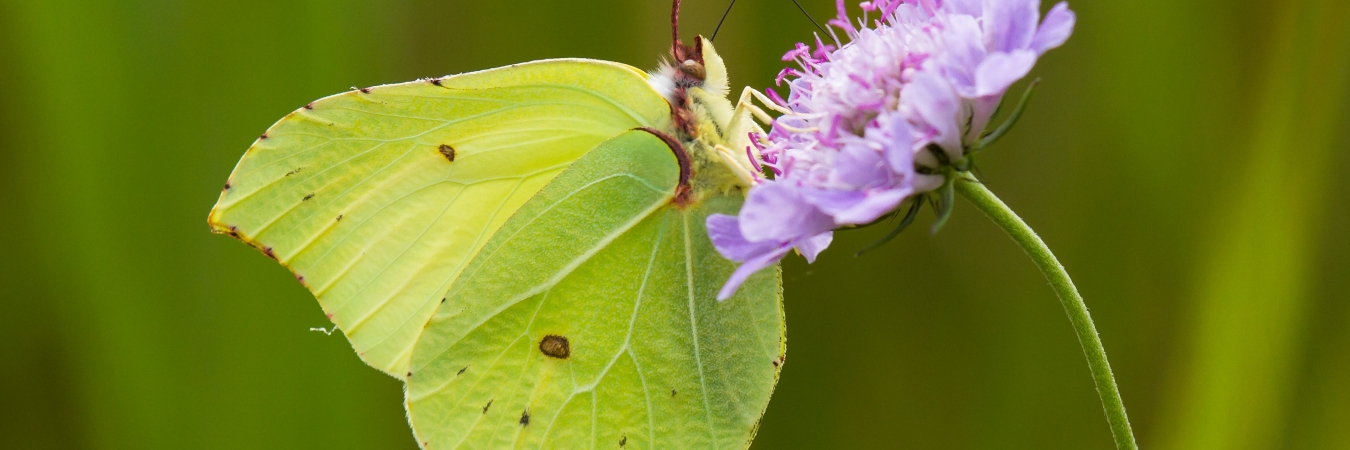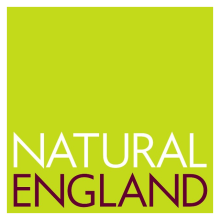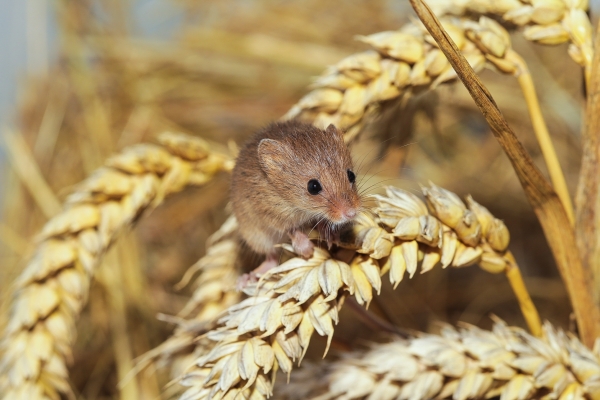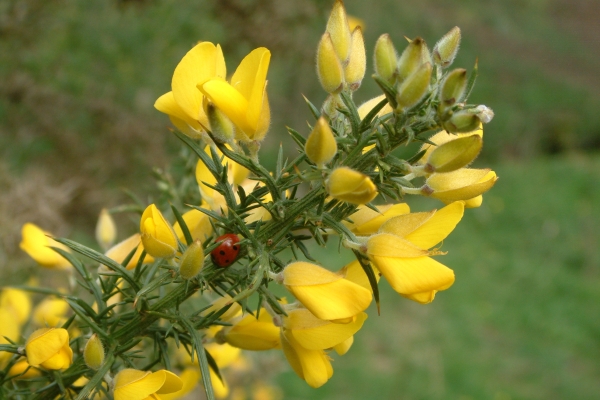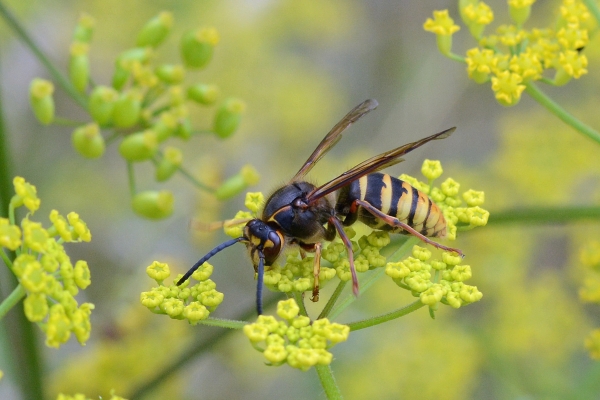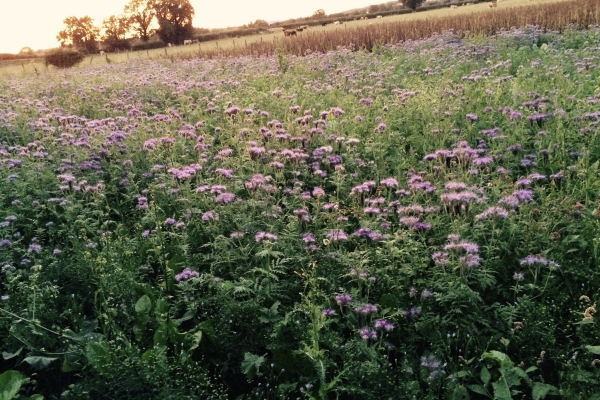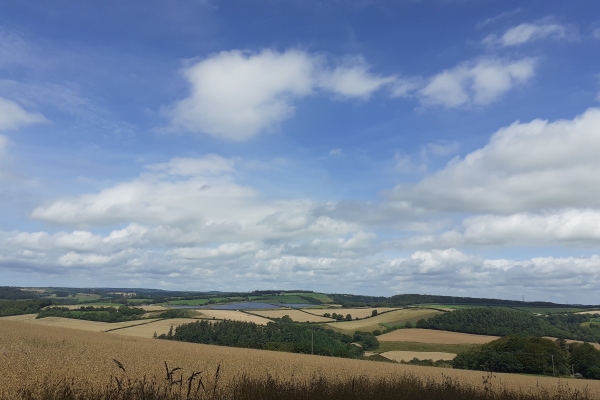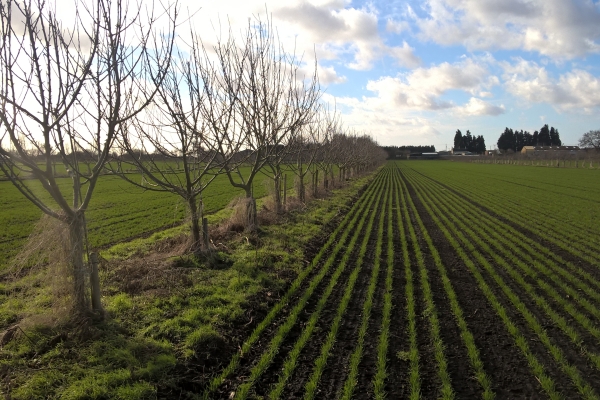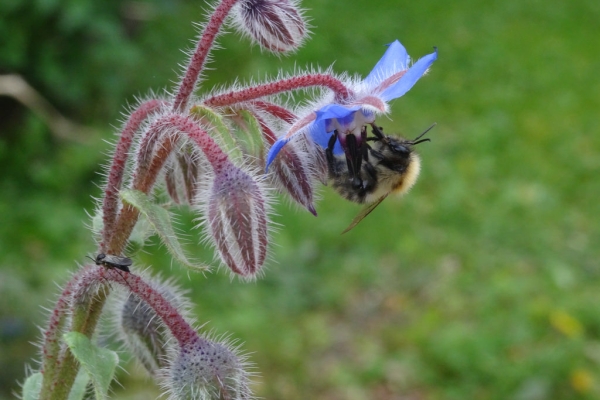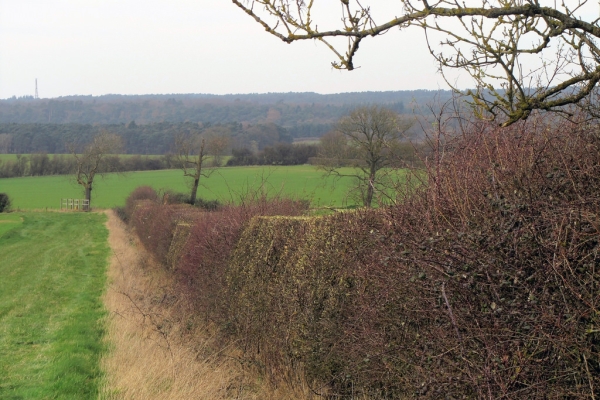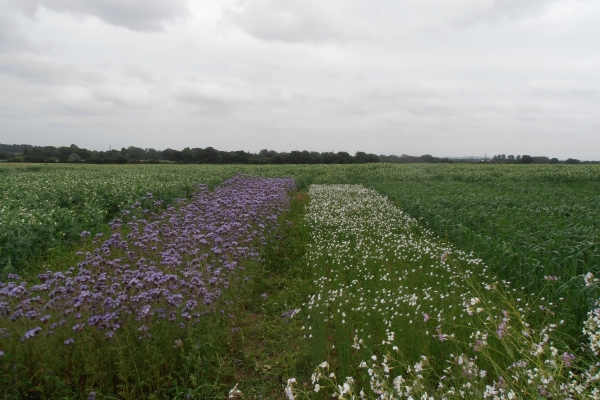Invertebrate conservation
Wildlife & Farming handbook
Resource explained
Pollinators, such as bumblebees, hoverflies, moths and butterflies, are vital for native plant communities and for the productivity of many crops, while a whole range of beetles, spiders and other invertebrates are important predators of crop pests. These chapters from WildCRU’s Wildlife & Farming handbook summarise information on creating and managing habitats for invertebrates. Findings from WildCRU studies are highlighted showing the positive impact of field margins and organic farming on butterflies and spiders, and the exciting find of a rare moth on Oxfordshire arable farmland.
Findings & recommendations
Creating a mosaic of habitats across the farm, especially flower-rich areas, and reducing pesticide use where possible, will enhance populations of pollinators and beneficial invertebrates and increase the ecological services they provide.
- Pollinators benefit from supplies of high quality nectar and pollen throughout the season, suitable nest sites and a variety of larval foodplants: create diverse, flower-rich patches around the farm, including field corners and buffer strips, ditch banks, and semi-improved grassland.
- Reduce pesticide inputs where possible – pollinators are sensitive to insecticide use and herbicides reduce flower availability.
- To encourage predatory invertebrates such as spiders and beetles, aim for a mosaic of different crops and non-cropped habitats to provide food and shelter.
- Protect hedge bases and establish tussocky field margins and beetle banks: they provide overwintering habitat and help crop colonisation.
- Reduce mowing of field margins to increase vegetation structure – a WildCRU project showed this helps spiders, especially web-builders.
- Reduce or target pesticide use and adopt minimum tillage where possible as predatory invertebrates are sensitive to pesticide use and soil cultivation. WildCRU studies have shown the positive impact of organic farming on invertebrates.
(Header image: Brimstone. Photo credit: Allan Drewitt, Natural England)
